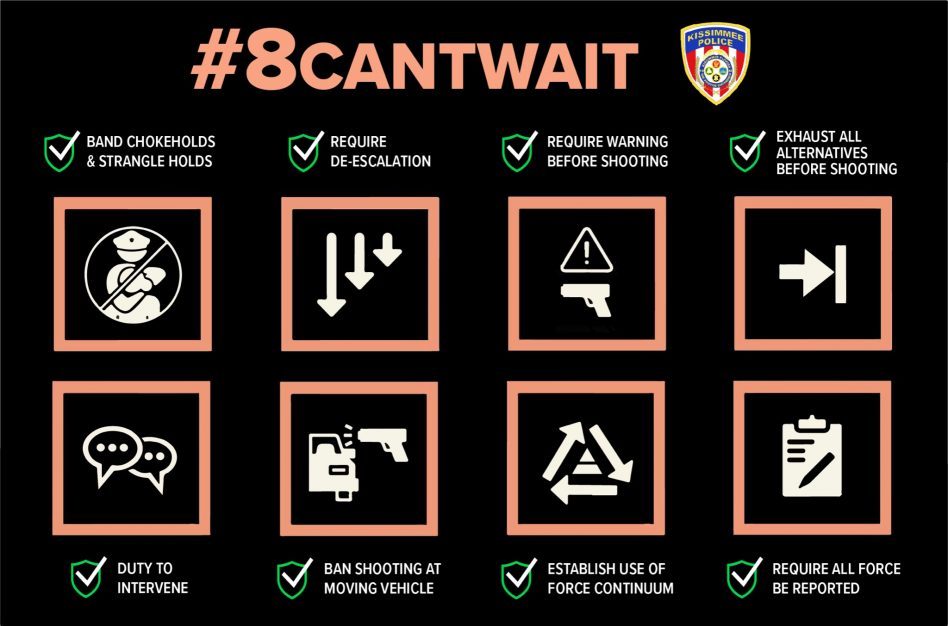The use of force continuum is a framework that guides law enforcement officers in the appropriate use of force in a given situation. It is designed to help officers determine the level of force necessary to effectively address a situation, while also taking into account the severity of the threat and the potential for injury to both the officer and the subject.
The use of force continuum typically consists of a series of escalating levels of force, ranging from verbal commands and persuasion to physical force and deadly force. The exact stages and definitions of each level may vary depending on the agency or jurisdiction, but they generally follow a similar structure.
At the lower end of the continuum are verbal commands and persuasion, which are the least intrusive methods of force. These may include requesting that a subject comply with an officer's instructions or attempting to de-escalate a situation through dialogue. If a subject is non-compliant but not actively threatening, an officer may use physical force such as grabbing or holding the subject to gain control.
If the subject becomes more resistant or actively combative, an officer may use intermediate force such as pepper spray, a baton, or a Taser. These methods are intended to incapacitate the subject and allow the officer to gain control, but they are not typically intended to cause serious injury or death.
Deadly force is considered the highest level of force on the continuum and is reserved for situations where the officer or others are in imminent danger of serious injury or death. This may include situations where the subject is armed with a weapon or has already used deadly force.
It is important to note that the use of force continuum is not a strict set of rules, but rather a guideline for officers to follow in determining the appropriate level of force in a given situation. The level of force used must be proportional to the threat presented and must be necessary to address the situation.
The use of force continuum is an important tool for law enforcement officers, as it helps to ensure that they use the appropriate level of force in a given situation and helps to reduce the risk of injury to both officers and subjects. It also helps to ensure that officers are held accountable for their actions and that their use of force is in line with department policies and procedures. Overall, the use of force continuum plays a crucial role in promoting public safety and maintaining trust between law enforcement and the community.




